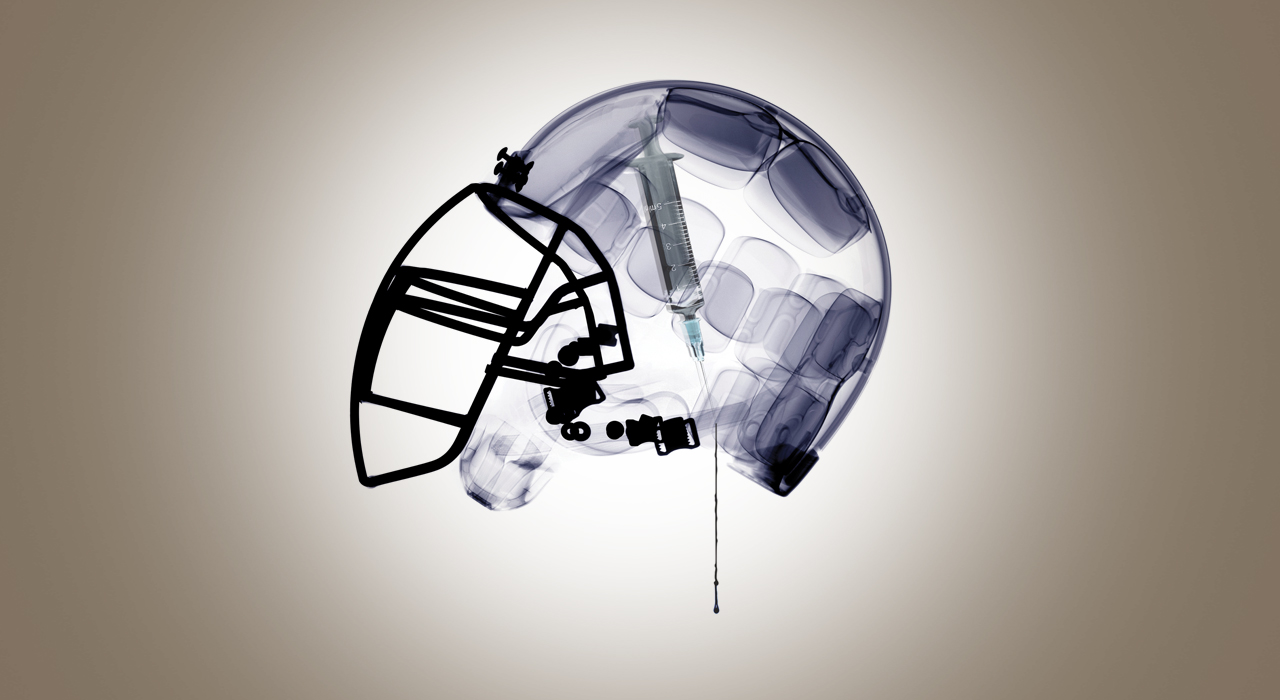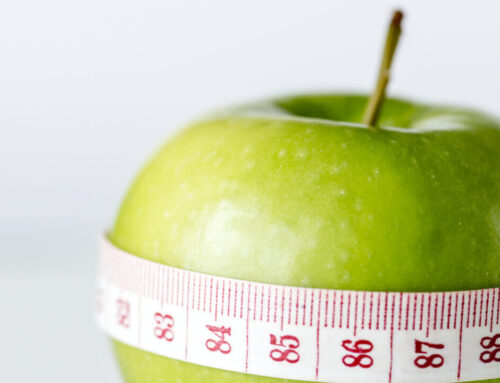Since the first spear was flung, people have been searching for ways to gain the advantage in all forms of athleticism. Though the quest for that elusive competitive edge inspires provocative modern headlines, the practice of doping is anything but innovative.
Ancient Greek Olympians, competing for huge sums, loaded up on primitive creatine by gorging on red meat and animal testicles, while experimenting with herbal concoctions to get closer to the winner’s laurels. Even Roman gladiators took strychnine to enhance the ferocity of their combat – but who can blame them when their jugulars were on the line with every bout? By the late 19th century, French cyclists were reported to use a potent mix of wine and coca leaves to beat fatigue during long races.
Then came the modern Olympic era where athletes took heroin, cocaine and caffeine for an extra edge, leading to a ban by The International Association of Athletics Federations of performance-enhancing substances in all sports. Most recently the Russian Athletics Federation accepted a ban from international competition after substantial doping allegations that touched upon the majority of its athletes, marring the legitimacy of their participation in the Rio Olympics. With so much national pride, individual glory and hard cash on the line it’s certain this algorithm for sports success is here to stay. We investigate how athletes put their body on the line, the way in which it might affect their health and why these drugs might be nothing but a placebo.
The mind of a cheater
Whether you’re a weekend warrior or pro athlete, winning is a goal made too easily possible with the help of pharmacology’s dark art. Sadly, the decision to use is often thanks to pressure applied at a grass-roots level. The burden of perfection from parents can actually make young male athletes feel positive about doping, found research at the University of Kent. “With the rise of so-called ‘tiger’ parenting – where strict and demanding parents push their children to high levels of achievement – this study reveals the price young athletes may choose to pay to meet their parents’ expectations and dreams,” explains Daniel Madigan, a PhD student in the university’s School of Sport and Exercise Sciences. The seeds sown at an early age can create a cerebral root structure for adult athletes who are seduced by the lure of doping.
Though performance-enhancing drugs are perceived as physical improvers, there is often a bigger psychological aspect to them. Lance Armstrong, the poster boy for cheats, reiterated this: “My ruthless desire to win at all costs served me well on the bike but the level it went to, for whatever reason, is a flaw. That desire, that attitude, that arrogance.” He’s not alone in his ambitions. A study of about 3,000 hobby triathletes in PLOS ONE found 13.7% of them used banned performance-enhancing drugs and they were more likely to also take substances that boosted mental functions. “The results correlated with earlier findings about doping in leisure and popular sports and brain doping in society as a whole,” explains Mainz University Professor of Sports Medicine Dr Dr Perikles Simon. “The findings also illustrated for the first time that physical doping and brain doping often go together, at least for recreational triathletes.”
It’s clear the mind is the true flex behind these muscle enhancers, but that might not be a smart decision – because even the big-name performance drugs don’t stand up to thorough scientific scrutiny and might be nothing more than glorified placebos.
Do they even work?
Anabolic steroids are seen as the big name in performance but there is doubt forming on whether they actually make such a notable difference on records. A paper in the Journal of Human Sport and Exercise gathered all sporting records (including Olympic and world records) of male and female athletes across 26 sports, between 1886 and 2012, and drew comparisons between the pre-1932 records when steroids first became available and post. They found that the times, distances and other results did not improve as expected in the doping era. “The average life-time-best records for ‘doped’ top athletes did not differ significantly from those considered not to have doped. Even assuming that not all cases of doping were discovered during this time, the practice of doping did not improve sporting results as commonly believed,” explains Dr Aaron Herman, the lead author of the paper. “This research demonstrates that doping practices are not improving results and in fact, may be harming them – seemingly indicating that ‘natural’ human abilities would outperform the potentially doping ‘enhanced’ athletes – and that in some sports, doping may be highly prevalent.
The success rate of doping tests may be as little as 4% with some anti-doping initiatives being very ineffective.” So these muscle-developing drugs are acting as powerful placebos, spring-loaded with serious negative effects on an athlete’s mental and physical wellbeing. What about long-distance cyclists and their well-publicized a air with the substance erythropoietin (EPO)? Well, like steroids, this hormone actually occurs naturally. It’s produced by the cells in your kidneys to regulate the production of red blood cells in your bone marrow, so increased red blood cells carry more oxygen in your blood, reducing fatigue and increasing endurance.
But while research in the British Journal of Clinical Pharmacology found no scientific evidence that it actually does enhance performance, it did discover plenty of markers that suggest it causes serious harm. EPO thickens blood, increasing the risk of clots that can block the flow to your heart or brain. “I believe there is a clear need for high-quality research to investigate the effects of supposedly enhancing drugs in sport,” explains lead researcher Professor Adam Cohen. “If, as is expected, many substances in current use are found to be ineffective it will help keep our athletes safe and improve confidence in sporting results.” That’s two very clear examples that two of the more notorious substances associated with doping are in fact utter duds.
So why do athletes keep risking their reputations? The slightest edge, be it physiological or psychological, can put winners over the line first, which is why placebos prove so effective. Researchers in the Gundersen Lutheran Medical Journal told runners they were being given super-oxygenated water, which was in truth given plain ol’ H20 – and they ran 8% faster. So if drugs aren’t doing what they say on the tin and are negatively a ecting an athlete’s health, then a way smarter option would be for coaches to give their athletes a placebo and tell them it’s a high -tech illegal athletic booster. Yes, it’s trickery – but it’s safer, legal and might just be the only scientifically proven way to break world records. Alternatively, buddying up with a training partner who is a practical joker with supplements might be the best thing you can do to make gains.
Hidden truths
There’s no telling how many sporting champions harbor a dirty little secret, but ask them how they got away with and their answer will indicate how they’ll continue in the future. “I had to use my whizzer, which was a fake penis where you put in someone’s clean urine to pass your drug test,” said Mike Tyson about his old-school point-and-shoot method of deception. Needless to say, the practice has advanced since then, which has left the anti-doping agencies scrambling to keep up – especially if you consider some athletes’ genetics are proving to be a factor.
A study in Biology of Sport gave 55 men injectable steroids, but as many 17 tested completely negative for this drug, even though they were able to use it build muscle. They simply lacked the gene used to convert the testosterone into the form that dissolves in urine, meaning they could get on the juice with complete impunity. The scientists learned from previous research that roughly two-thirds of Asian men are missing both copies of this gene, as are nearly 10% of Caucasians. If this is you and you’re a pro athlete, you effectively have a license to cheat. To get around this the World Anti-Doping Agency prefers to use the passport method, where it records an athlete’s screening tests and detect anything that varies from the person’s baseline values. However, this still doesn’t include gene testing so won’t pick on those people whose urine doesn’t test positive.
To really catch a cheater the relevant authorities would need to have genetically personalized testing where DNA is drawn from an athlete, a practice which is currently frowned upon. However, the British Medical Journal recommends that blood and urine samples taken from athletes to spot the signs of doping should be stored for up to ten years, in order to let detection technology catch up with substances that evade discovery. A long-term approach is unquestionably the gold standard because an athlete could use a performance enhancer for years, then cycle off it for the appropriate amount of time before a competition and still be tested clean – a common practice used by some of the world’s most famous sprinters.
Some injectable steroids only stay in your system for 12-18 months while orally-taken steroids can remain in your body for less than a week. So if you’re an athlete looking to bulk up for a contact sport you could take a year off, get on the illicit gear to beef up, wait until you’re clean then return to the pitch as clean as a whistle. If you’re an endurance athlete taking EPO you’ve got an even bigger window for improvement as this substance needs to be taken days before a competition for it to be detected, providing it actually does work, which is still disputed. As soon as a new way to secure an advantage gets into an athlete’s hands their support team is looking for ways to mask it with even more drugs.
After all, Lance Armstrong never failed a drug test – he merely grew tired of fighting the charges, which the public saw as a confession. And so the cycle continues, because the war on doping is failing and will likely to keep doing so.
The inadvertent cheats
You could be doping without even knowing it, even if you don’t take supplements at all. A study in Drug Testing and Analysis found the illegal use of clenbuterol in livestock farming could impact the results of doping tests in sports. Used in farming to improve the volume of lean meat on an animal, it’s a weight loss and muscle boosting aid that increases metabolism.
The researchers found soccer players who had eaten red meat tested positive for this banned substance. And when you start taking supplements the risk becomes a little higher; a study at the University of Loughborough found traces of banned substances in some dietary supplements can leave athletes vulnerable to failed drugs tests. “It is now well established that many dietary supplements contain compounds that can cause an athlete to fail a doping test,” explains Ron Maughan, who chairs the Sports Nutrition Group of the International Olympic Committee Medical Commission.
“In some cases the presence of these compounds is not declared on the product label. For some prohibited substances, the amount that will trigger a positive test is vanishingly small and may not be detected by routine analysis of the supplement.” The FDA has put in place stringent guidelines for supplement manufacturers but this is not without the odd blip. In 2014 roughly two-thirds of FDA recalled dietary supplements still contained banned drugs at least six months after being recalled, according to a study in the Journal of the American Medical Association.
While the FDA is there to protect consumers nothing is failsafe, so duty of care rests on you and your coaching team to find out if your supplements are putting you at risk.
The enhanced games
It may sound like the plot of a Stephen King book, but a drug-fueled events might well be the future of the Games. After all, the war on all drugs was recently declared a failure by the United Nations and they’re now exploring alternative ways to address this growing problem. If governments with a wealth of resources can’t control recreational drugs, it stands to reason that sports regulation bodies will have an equally tough time.
Sports fans’ expectations and TV ratings might shift attitudes because everyone wants to see a world record thumped at each Olympics. Even though we’re advancing in all areas of nutrition and sports science, the best athletes are improving at increasingly slower rates. Researchers suspect it might be impossible for a human to run 100m faster than 9.48 seconds, so where do we go from there?
What it boils down to is genetics and the relative amount of hard work each athlete has put in. Just remember an athlete who takes an illicit drug cannot get to the top ten of their sport by taking steroids then kicking back on the couch – they still need to train extremely hard to make the most of those drugs. We may have to ask ourselves what the new norm is, because there are athletes out there willing to do anything for a slight competitive advantage.
It’s is a sad reality that sport might have to brace itself for, if it wants to keep the fans tuning in.
Find health features and more in every issue of TRAIN magazine.







